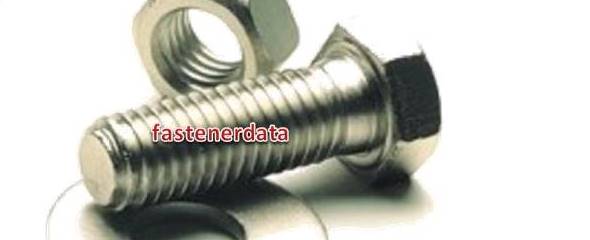Fasteners Electroless Nickel Plated
Electroless Nickel Plated Fasteners
Electroless nickel plating requires no electric current. Instead, the process baths fasteners parts in a specially-created solution, triggering chemical reactions which bind the nickel to component pieces. Nickel is significantly less expensive than gold, silver or palladium and market prices for nickel tend to be less volatile.
Fastener coating
Electroless nickel plating is an alloy of 85% pure nickel and the balance either phosphorus or boron. The critical difference is that Nickel alloyed with either phosphor or boron typically achieves better corrosion resistance, increased hardness wear, and deposit uniformity.
Electroless Nickel Advantages
Electroless nickel plating offers uniform layer thickness over most complicated surfaces. Nickel plating blocks the formation of rust, significantly increasing the lifespan of components. Superior wear characteristics and corrosion resistance compared to electroplated nickel or chrome. Electroless Nickel is generally not magnetic which makes it an ideal choice for specific electronic fasteners where magnetism is an issue. Electroless Nickel plating possesses the ability to evenly take a top coat of fluorocarbons such as Teflon®, and polytetrafluoroethylene (PTFE). Much of the chrome plating in the aerospace industry has been replaced with electroless nickel plating,
Electro Vs Electroless
Electroless nickel and nickel electroplating are two different processes that may appear the same but have crucial differences to be considered when choosing between them. Both are deposited by a reaction of nickel ions being reduced onto a fasteners metal surface as nickel metal.
Electroless Nickel refers to an immersion reaction that does not use a power source to achieve a Nickel coating onto a fastener metal surface. Electroless nickel plating is created by a chemical catalyst already present in the Nickel plating solution that generates and causes the nickel to plate autocatalytically.
Link Electroplated Nickel




